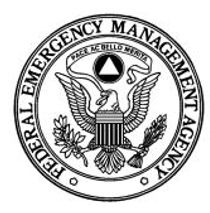

FEMA, DHS, and homeland security policy.
Welcome to the CrisisWire Threat Blog: Your Hub for Threat Assessment Expertise
At CrisisWire Threat Management Solutions, we bring 40+ years of frontline expertise from the U.S. Department of Defense (DoD), Department of State (DoS), LAPD, and FEMA to deliver top threat assessment services in the United States. This blog is your go-to resource for actionable insights on behavioral threat assessment and management (BTAM), workplace violence prevention, insider threat mitigation, active shooter preparedness, and physical security audits—all rooted in real-world experience securing embassies, critical infrastructure, and high-risk environments.
Our FEMA-certified team (e.g., IS-915 Insider Threats) shares strategies to empower schools, corporations, and government agencies with crisis management consulting, campus safety consulting, and emergency management consulting solutions.
Born from a mission to prevent threats before they escalate, CrisisWire transforms vulnerabilities into strengths, achieving up to 87% risk reduction. Subscribe for the latest updates and contact crisiswire@proton.me for tailored security risk assessment US support. Explore our journey and tools to stay ahead in threat management.
#CrisisWire #ThreatAssessmentServices #BTAM #WorkplaceViolencePrevention #ActiveShooterPreparedness
OUR TRAINING & EXPERTISE





